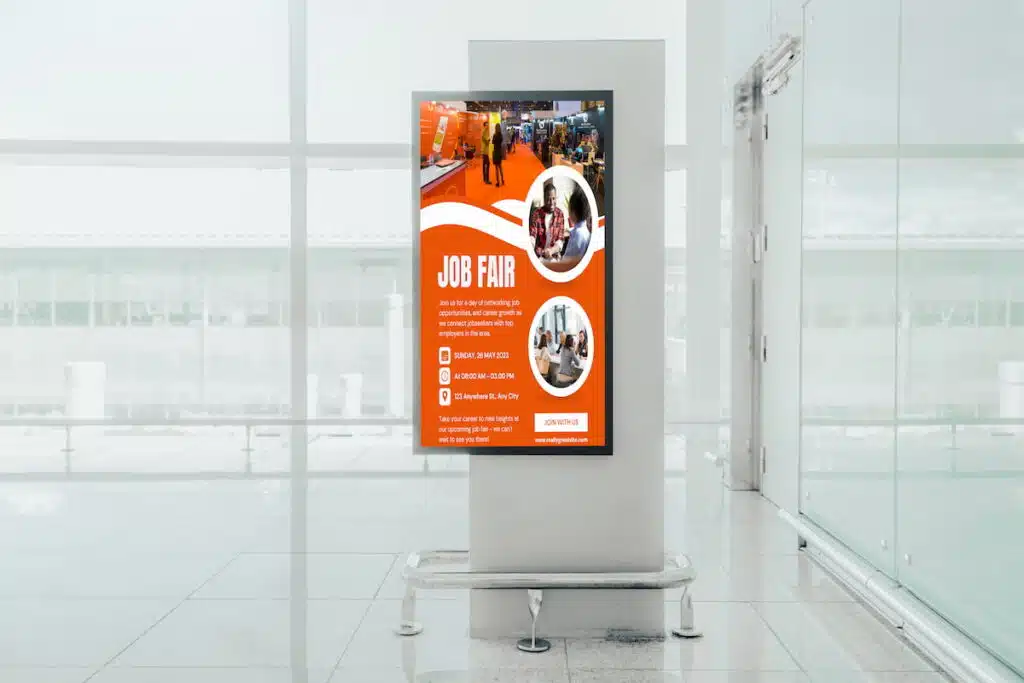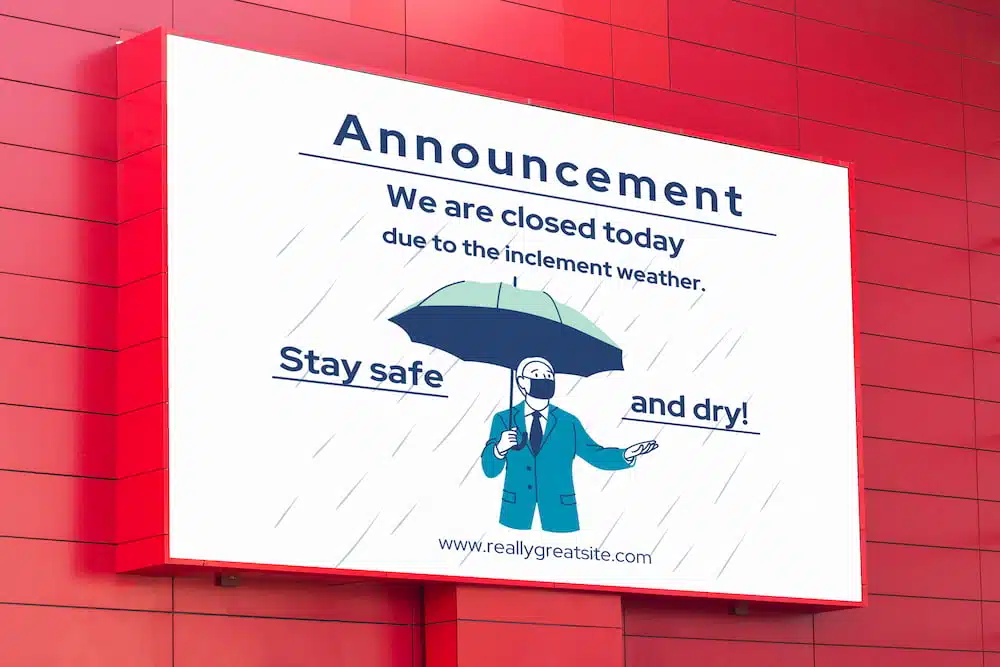
Improving Warehouse Productivity with Warehouse Digital Signage
Discover New Possibilities! Click Here to Download Your Free eBook Today and Unlock Expert Insights! Communication is critical in a …

In the digital age, effective communication is crucial for government agencies to engage with citizens and efficiently deliver important information. Traditional communication methods, such as printed materials and static signs, are often limited in reach and fail to capture the attention of a fast-paced, digitally connected society.
However, with the advent of digital signage, government communication practices are undergoing a revolutionary transformation. Digital signage is a dynamic and versatile communication tool that utilizes displays and multimedia content to convey messages in an engaging and impactful manner.
This article explores how digital signage is revolutionizing government communication, addressing the challenges faced by traditional methods and highlighting the advantages and applications of digital signage in the public sector.

Traditional communication methods in government often face challenges due to a lack of efficient channels. Paper-based systems and manual processes can be time-consuming, leading to delays in disseminating important information. These methods have limited reach and engagement with citizens, as printed materials may not effectively reach the intended audience.
Traditional communication practices can be costly, requiring printing, distribution, and maintenance expenses. These challenges highlight the need for a more streamlined and cost-effective communication solution, which digital signage addresses by providing dynamic, real-time, and engaging communication channels for government agencies.
Digital signage refers to the use of displays, such as LCD or LED screens, to convey information, messages, and multimedia content in various locations. It involves the use of software and hardware components to manage and display content on these screens.

Digital signage revolutionizes government communication by providing visually appealing content, instant updates, interactive features, and cost-effective communication channels. Its implementation enables government agencies to effectively engage with citizens, disseminate information in real-time, and streamline their communication processes.

Digital signage offers a wide range of applications that enhance government communication efforts:
By leveraging digital signage in these diverse applications, government agencies can improve communication, engage citizens more effectively, and enhance public services. The versatility and real-time capabilities of digital signage make it a valuable tool for delivering important information to the public in a timely and engaging manner.

In light of the numerous benefits and transformative impact of digital signage on government communication, it is crucial to encourage government agencies to embrace this technology. By adopting digital signage solutions, government agencies can revolutionize their communication practices and achieve better outcomes.
S3 Technologies offers government agencies the opportunity to harness the potential of digital signage for seamless communication. As a leading provider of digital signage solutions for government agencies, S3 Technologies offers comprehensive services that cater to the unique communication needs of the public sector. Our expertise and experience in implementing digital signage systems can greatly enhance government communication efforts.
To learn more about S3 Technologies and our digital signage solutions, visit our website and schedule a consultation today.

Discover New Possibilities! Click Here to Download Your Free eBook Today and Unlock Expert Insights! Communication is critical in a …

If you’re an HR or Communications leader, have you ever considered making your corporate messages hit the right note? Well, …

Digital signage health and safety helps manage staff members and can also help ensure the safety of your employees. Notifying …

When shift labor is involved, three distinct eight-hour shifts are typically worked in 24 hours. A manager is normally assigned …